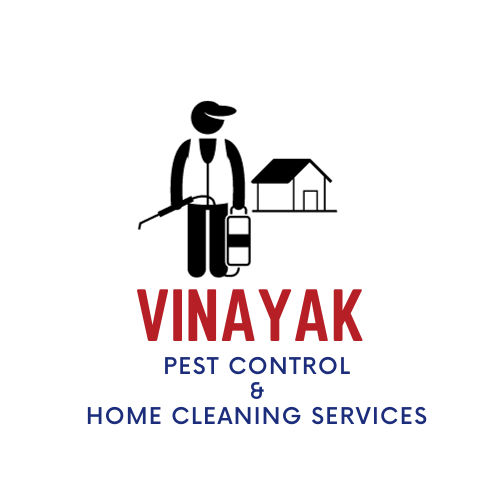
In Previous post we discussed about “How To Get Rd Of Cockroaches” . When we talk about termites, they are even more harmful to our homes. Getting rid of termites can be a challenging task, and it often requires professional intervention. Termites can cause significant damage to wooden structures, so it’s essential to address an infestation promptly. Here are steps you can take to deal with termites:
- Identify the Problem:
- Look for signs of termite infestation, including mud tubes, damaged wood, and discarded wings.
- Termites can be mistaken for ants, so ensure you correctly identify them before proceeding.
- Consult a Professional: Termites can be challenging to eradicate on your own due to their hidden nests and extensive underground tunnels. Contact a licensed pest control professional or an exterminator with experience in termite removal for a thorough inspection and treatment plan.
- Treatment Options: Professionals will typically use one or more of the following methods to eliminate termites:
- Chemical Treatments: Liquid termiticides or termite baits are applied to the soil around and beneath the infested area. These chemicals can either repel termites or kill them upon contact.
- Fumigation: In severe infestations, fumigation may be necessary. This involves tenting the structure and using gas to kill the termites inside.
- Wood Treatment: Infested wooden structures can be treated with termiticides or heat to kill the termites and prevent further damage.
- Preventative Measures:
- After treating the infestation, it’s crucial to take steps to prevent termites from returning.
- Keep firewood, mulch, and other wood debris away from your home’s foundation.
- Ensure good ventilation in crawl spaces to reduce moisture, which attracts termites.
- Repair leaky pipes and fix any moisture problems in your home.
- Regularly inspect your home for signs of termite activity, and consider annual professional inspections.
- Regular Maintenance: Termites are persistent pests, so it’s essential to maintain vigilance even after treatment. Regularly monitor your property for any signs of termite activity.
- Consider Termite-Resistant Building Materials: When building or renovating, consider using termite-resistant materials and designs to minimize the risk of future infestations.
Remember that termite control is best left to professionals due to the complexity of the problem and the potential for extensive structural damage. DIY termite treatments are often ineffective against established infestations. If you suspect a termite problem or want to take preventative measures, it’s always advisable to consult a licensed pest control expert for an accurate assessment and appropriate treatment plan.
